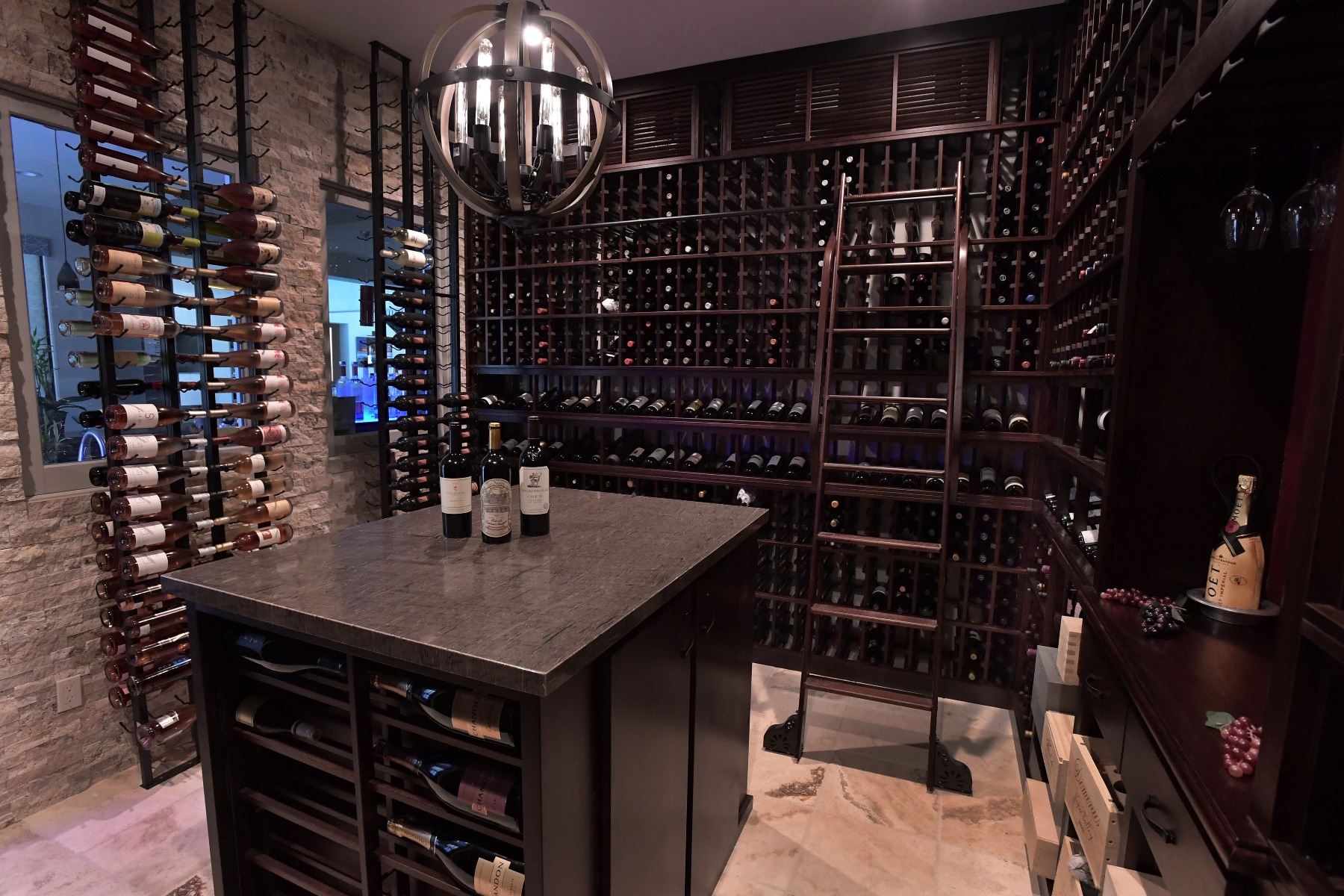Wine Cellars
Thousands of Years of Wine Cellar History
The modern, temperature-controlled, high-tech wine cellar can trace its roots back to a time long before there was even refrigeration. There is archaeological evidence that ancient people in Georgia and Iran were making and drinking wine as early as 6000 BC; that's 2,000 years before the written word was developed.

As light, heat, vibrations and humidity fluctuations can influence wine storage for the worse, new ways to store wine had to be discovered as its production became widespread. The earliest evidence of stored wine comes from 7,000 year-old pottery jugs that were buried in the dirt floor of a Neolithic kitchen in Iran. Romans would use catacombs, subterranean cemeteries beneath their cities, to store their wines. The French began the practice of digging wine caves designed specially to store their adored beverage.
The ancient practice of storing wine underground was immortalized in Edgar Allen Poe's macabre story "The Cask of Amontillado," in which a murderer lures his victim deeper and deeper underground with the promise of a rare Amontillado sherry, eventually entombing him alive among the barrels in the Italian catacombs. But Poe's fiction is strongly rooted in fact. Wine drinkers turned from catacombs to caves, and from caves to cellars. Today, wine cellars function as the ideal wine storage sites, with temperature, humidity, and air conditions controlled to the last degree. They are also works of art, representative of a delicate process that humans have been trying to perfect for 8,000 years.
Modern Wine Cellars and Modern Variations
Nowadays, the term "wine cellar" can mean anything from kitchen under-counter wine refrigerators, to larger wine cabinets, to entire rooms specifically designed for wine storage, display, and tasting. There are two types of wine cellars, the "active wine cellar," which is climate controlled to exactly regulate temperature and humidity, and the "passive wine cellar," which does not artificially control temperature and humidity; instead, these are usually built underground to prevent climate fluctuations. Commonly, a wine cellar that is above ground is called a "wine room".

Modern wine cellars have become far more than dark, cool, sensible places to store wine. Wine cellars can be as subtly beautiful as a simple room equipped with wine racks, but many wine cellars are custom-built designer spaces meant to enhance the aesthetic of the home and showcase the owner's wine collection. They seek to artfully display the wine aficionado's investment, some complete with murals, elegant wood paneling, and intricate glasswork. Certain cellars are even equipped to host wine tastings the way they were meant to be enjoyed-in situ among the bottles.
The climate control system is the wine cellar's most important attribute. Proper wine cooling systems keep the temperature to between 55 and 57° F and the humidity level between 50 and 80%. Keeping wine at the correct temperature and humidity will help it to age well, improving over time the wine's flavor and bouquet. There are several different types of wine cellar cooling systems available that are designed to meet different needs. Please read more about wine cellar cooling systems here.
Wine cellars and wine rooms can be the idea marriage of form and function. Both beautiful and useful, the modern wine cellar or room is a place to enjoy one's wine while time improves it. Like the aging of wine, a process that can vary not only from one vintage to the next but from one bottle to the next, wine cellars differ from home to home, using their beautiful yet practical attributes to make an individualized statement about the wine enthusiast and his collection.



